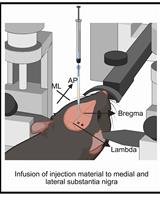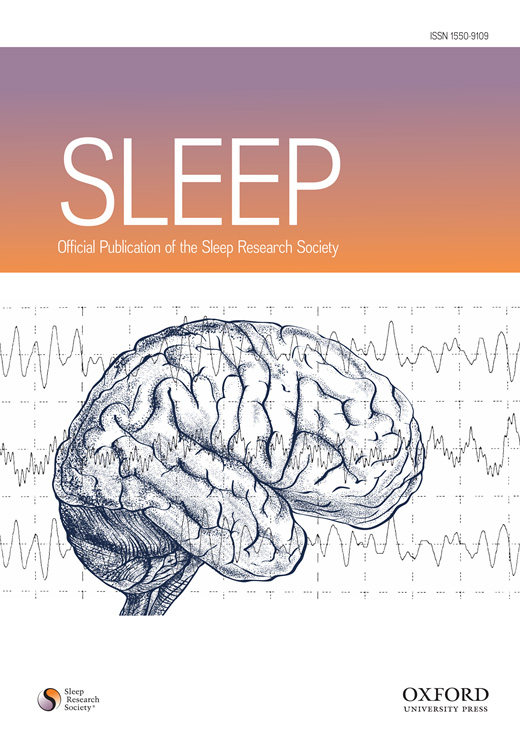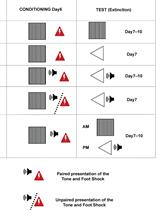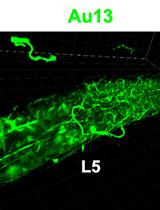- EN - English
- CN - 中文
The Mouse Gambling Task: Assessing Individual Decision-making Strategies in Mice
小鼠博弈任务:个体决策策略评估
(*contributed equally to this work) 发布: 2020年01月05日第10卷第1期 DOI: 10.21769/BioProtoc.3479 浏览次数: 5351
评审: Arnau Busquets-GarciaGilliard LachAnonymous reviewer(s)

相关实验方案

基于 rAAV-α-Syn 与 α-Syn 预成纤维共同构建的帕金森病一体化小鼠模型
Santhosh Kumar Subramanya [...] Poonam Thakur
2025年12月05日 1553 阅读
Abstract
Decision-making is a complex cognitive process which consists of choosing one option among several alternatives. In humans, this process is featured in the Iowa gambling task (IGT), a decision-making task that mimics real life situations by reproducing uncertain conditions based on probabilistic rewards or penalties (see Background). Several authors wanted to adapt the IGT in rodents with subtle differences in protocols that match various aspects of the human task. Here we propose, for the first time in mice, a protocol that contains the most important characteristics of the IGT: 4 different options, choices based on 4 ambiguous outcomes with immediate and long term rewards, a total of 100 trials, no learning of the contingency before the task, and presence of both a certain reward and a probable penalty. During this task, mice have to choose between options more or less advantageous in the short and long term by developing a decision-making strategy that differs between individuals. Therefore, the strength of this protocol is that it is one of the first to enable the study of decision-making in a complex situation, and demonstrates inter-individual differences regarding decision-making strategies in mice.
Keywords: Decision-making (决策)Background
Decision-making is a cognitive process which consists of choosing one option among several alternatives. It progresses from the exploration of unknown options to the exploitation of preferred ones (Bechara et al., 1994). During this cognitive process, the decision maker evaluates the value of each option regarding his/her own preferences and the probability to get it. This computation brings him/her to select one strategy among others. Such strategies are featured in the Iowa gambling task (IGT), a decision-making task that mimics real life situations by reproducing uncertain conditions based on probabilistic rewards or penalties (Bechara et al., 1994). During this task, subjects have to implicitly discover (through somatic markers) which option is advantageous in the long term, with the progressive discovery that options are not available under fixed and predictable contingencies. Several authors adapted the IGT in rodents (de Visser et al., 2011a; van den Bos et al., 2014) to study neurobiological substrates of decision-making (non-exhaustive exemples: Homberg et al., 2008; Pais-Vieira et al., 2009; Zeeb et al., 2009; de Visser et al., 2011a, 2011b and 2011c; Young et al., 2011; Zeeb and Winstanley, 2011; Koot et al., 2012; Pittaras et al., 2013; Rivalan et al., 2013; Peña-Oliver et al., 2014; Van Enkhuizen et al., 2014; Fitoussi et al., 2015; Milienne-Petiot et al., 2017), sex differences (G van den Bos et al., 2012; Georgiou et al., 2018), drugs effect on decision-making (Sanchez-Roige et al., 2015; Gueye et al., 2016; de Laat et al., 2018; Ferland et al., 2017 and 2018), and environmental (Van Hasselt et al., 2012; Koot et al., 2013; Loi et al., 2017a and 2017b) or physiological features on decision-making (Pais-Vieira et al., 2009; de Visser et al., 2011b and 2011c; Koot et al., 2012). So far, the existence of inter-individual differences in decision-making has been linked to specific behaviors (Rivalan et al., 2009 and 2013; Ferland and Winstanley, 2017) and differential neuronal (Rivalan et al., 2009; Fitoussi et al., 2015) or regional neurochemical activity (Pittaras et al., 2016a and 2016b). The numerous adaptations were either in an operant chamber (e.g., Rivalan et al., 2009; Zeeb et al., 2009) or in a maze (e.g., van den Bos et al., 2006; Pittaras et al., 2013 and 2016a). Several reviews provide exhaustive details about the differences and the protocols’ procedures (e.g., de Visser et al., 2011a; van den Bos et al., 2006 and 2014). The protocol that we propose here matches, for the first time in mice, the most important characteristics of the IGT: 4 different options, choices based on 4 ambiguous outcomes with immediate and long term rewards, a total of 100 trials, no learning of the contingencies before the task, and presence of both a certain reward and a probable penalty (Pittaras et al., 2013, 2016a, 2016b and 2018).
Our protocol allows for a precise analysis of individual decision-making strategies in ambiguous situations in mice. Therefore, it can be used to characterize decision-making deficits in a large number of pathological mouse models and assess putative treatments. Additionally, it can be used to test alteration/improvement of decision-making strategies in extreme situations (e.g., lack of sleep, stress). Another very interesting point of this protocol is that it targets inter-individual variability. Indeed, outside of pathological conditions, risky or rigid decision-making could lead to behaviors that have unhealthy consequences over life (drug taking, car accident, unsuitable behavior, etc.). Therefore, by using this protocol, it is possible to understand the neurobiological basis of such behaviors, which provides insight of how to prevent these behaviors.
Materials and Reagents
- 8 standard water bottle caps
- Paper towel
- Plastic Pasteur pipette
- Mice (any strains and sex)
- Dustless Precision Pellets (BioServ, New Jersey, catalog number: F0163), Grain-based, 20 mg
- Quinine (Quinine hydrochloride dihydrate, Sigma, catalog number : Q1125-10G)
- Distilled water
- 10% ethanol
Equipment
- Balance
- Timer
- Skinner cages (optional)
Apparatus: Identical operant chambers (20 cm x 24 cm x 16 cm, Figure 2A) from ImetronicR (Pessac, France, http://www.imetronic.com/devices/polymodal-system/) are used. Each box includes a house light system delivering approximately 20 lux of white diffused light, 5 holes and a food magazine, located on the wall opposite to the holes, that can deliver food pellets (dustless Precision Pellets, Grain-based, 20 mg, BioServ, New Jersey). During habituation only the central hole and the magazine, equipped with infrared beams detecting head entries, are available. - Maze with four transparent arms (20 cm long x 10 cm wide), an opaque start box (20 cm x 20 cm) and a choice area
Procedure
文章信息
版权信息
© 2020 The Authors; exclusive licensee Bio-protocol LLC.
如何引用
Pittaras, E., Rabat, A. and Granon, S. (2020). The Mouse Gambling Task: Assessing Individual Decision-making Strategies in Mice. Bio-protocol 10(1): e3479. DOI: 10.21769/BioProtoc.3479.
分类
神经科学 > 神经系统疾病 > 动物模型
神经科学 > 神经解剖学和神经环路 > 皮层
您对这篇实验方法有问题吗?
在此处发布您的问题,我们将邀请本文作者来回答。同时,我们会将您的问题发布到Bio-protocol Exchange,以便寻求社区成员的帮助。
Share
Bluesky
X
Copy link










